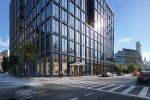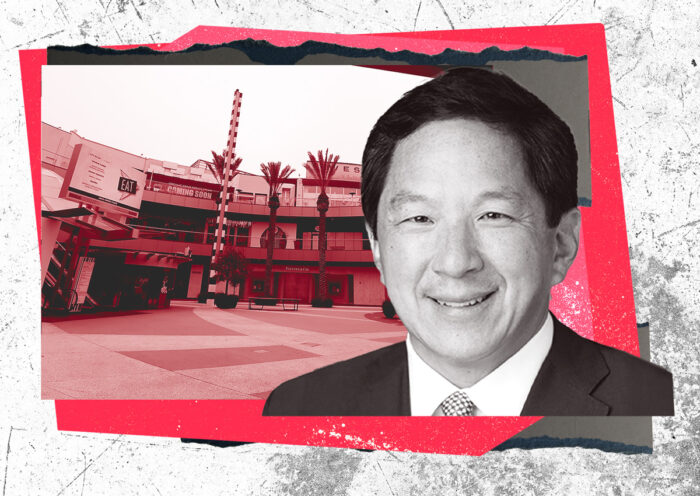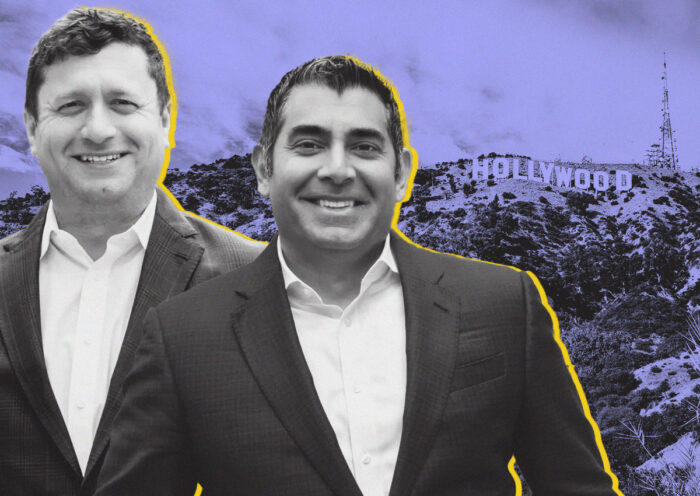Meanwhile, congressional Democrats in March introduced a bill earmarking $205 billion for bullet-train projects nationwide. While no one expects a divided Congress to pass the proposal, the bill reflects a growing appetite for investment in the sort of high-speed rail projects that long have whisked passengers to destinations in Europe and Asia.
“This isn’t a fantasy,” said Andy Kunz, president and CEO of the U.S. High Speed Rail Association, a trade group. “It’s been proven to work in country after country.”
Train proponents nationally are pushing a variety of new-breed railroads, including the California High Speed Rail project between San Francisco and Los Angeles, a Texas line from Houston to Dallas, and the Cascadia connection linking Portland, Ore., Seattle and Vancouver, British Columbia.
The California High Speed Rail project received $3 billion from the White House, but that line often is cited as a cautionary tale. Its budget has ballooned past $100 billion, and the project’s already decades-old time frame keeps moving into the future. The latest estimates call for that system to begin carrying passengers in the 2030s.
“These projects are susceptible to big cost blowouts and unforeseen delays,” said Eric Goldwyn, a professor of urban planning and transportation at New York University.
Another issue is the political chasm: There’s no cross-aisle consensus about the importance of high-speed rail. Democrats love the concept; Republicans hate it. Should Donald Trump be elected president in November, Goldwyn said, “The national vision for high-speed rail disappears.”
Political concerns aside, the project closest to the finish line is Brightline West, a $12 billion, 218-mile rail line that would connect Las Vegas with Rancho Cucamonga, Calif., a bedroom community 40 miles east of Downtown Los Angeles. Brightline’s plans call for its trains to flirt with speeds of 200 mph, topping the 186 mph threshold for a train to be considered truly high speed. (The fastest U.S. passenger trains at present — the Acela line — travel upward of 150 mph for some parts of some trips.)
Brightline hopes the service will be ready in time for the Los Angeles Olympics in 2028. The Biden administration put $3 billion in public money into the project and also is offering access to $3.5 billion in tax-exempt bonds.
Much of the Brightline West route would be built in the Interstate 15 median, eliminating the safety concerns posed by grade crossings. The train would be electrified.
In a reminder of the limitations of high-speed rail in the car-centric U.S. transportation grid, Brightline West’s high-speed rail service will stop well short of Los Angeles, which means most Angelenos will have a long commute to the train station.
Brightline West is the brainchild of private equity billionaire Wes Edens, who bankrolled the Brightline project in Florida. As the first private passenger service to operate in the U.S. for decades, Brightline Florida serves as a test case.
Since it began operating in 2018, Brightline Florida has hit the mark in some crucial ways. Its trains are clean, shiny and prompt. Brightline has built palatial stations from Miami to Orlando. The service carried more than 1.2 million ticketed passengers in 2022 and more than 2 million in 2023.
“Once you have proof of concept in one place, the second one and the third one and the fourth one come very quickly,” Edens said during a 2019 event commemorating the completion of Brightline’s Orlando station.
But, in other important areas, Brightline Florida remains less than convincing. For one thing, its technology is nowhere near the standards of high-speed rail.
Brightline’s diesel-powered locomotives operate on the Florida East Coast railway line built more than a century ago, and the trains top out at a pedestrian 79 mph in South Florida.
On the east-west portion of the track, between Orlando and Cocoa Beach, Brightline’s trains accelerate to 125 mph, but even that remains well below the speeds achieved by the oldest bullet trains in France, Spain and Japan.
Brightline also has struggled to address safety concerns. Its trains cross hundreds of streets and sidewalks, and dozens of people have died after being hit by rail cars — although Brightline never has been accused of wrongdoing in any of the accidents, which often involved suicides or motorists ignoring crossing arms and warning lights.
Another obvious red flag in Florida is financial: Given the need to recoup steep startup costs of about $6 billion, Brightline Florida is nowhere near profitability. In 2022, Brightline Trains Florida reported a net loss of $259.6 million on revenue of $32 million. In 2023, the net loss widened to $306.7 million, despite a sharp increase in revenue to $87.7 million.
In each of the past two years, according to bond filings, Brightline auditor Ernst & Young included boilerplate language conveying “substantial doubt about the company’s ability to continue as a going concern.”
Rail proponents say Brightline Florida’s financial issues are to be expected — after all, Brightline is a private company competing with publicly funded transportation options.
“That’s not high-speed rail, but it’s encouraging how much success they’ve had, even with a lower-speed service,” said U.S. Rep. Seth Moulton, a Democrat representing northeastern Massachusetts. “They’re competing against heavily subsidized transportation networks. Let’s see the auditor reports for I-95.”
Brightline West, for its part, will be even costlier — that line is expected to cost $12 billion to build.
Mammoth price tags notwithstanding, proponents of high-speed rail make a compelling case. Yes, the systems are expensive and difficult to build. But, they argue, there’s really no choice.
Kunz offers one clear selling point: “You like sitting in traffic for four or five hours?”
High-speed rail projects target routes such as Southern California to Las Vegas and Houston to Dallas, areas where the drive is annoyingly long and unpredictable. Flying is also inconvenient — by the time a traveler fights through airport traffic and soldiers through security, an hour or two has disappeared.
“Our car system and our aviation system are way overloaded. So that becomes just a huge waste of time and energy,” Kunz said. “Both of them have huge limitations in terms of capacity and throughput. If we think we can keep running these transportation systems powered by fossil fuels, we’re mistaken.”
Moulton sounded similar notes when he introduced the American High-Speed Rail Act, which calls for a $205 billion public investment in high-speed and higher-speed rail projects.
“High-speed rail is faster, cleaner, safer and better for our economy,” Moulton said in a March statement. “It will connect people to more jobs in new places, give Americans freedom and choice in how they travel, and put us on par with the rest of the world.”
In an interview, Moulton said America’s lack of investment in high-speed rail is turning the nation into a transportation laggard.
“In the rest of the world, you can go 200 mph between cities, with no security delays,” Moulton said. “In America, you’re either stuck in traffic or you’re in a pressurized steel tube at 30,000 feet, hoping the door doesn’t blow off.”
Moulton’s rail bill was introduced in partnership with Rep. Suzan DelBene, a Democrat from the Seattle area. In fact, among the bill’s more than 40 co-sponsors, all are Democrats, a blue tilt that all but guarantees the measure will go nowhere in a presidential election year.
“I can’t think of a Republican who’s very pro high-speed rail,” Goldwyn said. “Ideological challenges have hampered development.”
Republicans are generally wary of electrified means of propulsion, and they’ve long viewed the massive investments required by high-speed rail as government overreach. In 2011, newly elected Florida Gov. Rick Scott killed a $2.4 billion federally funded and
shovel-ready bullet train from Orlando to Tampa because it carried “an extremely high risk of overspending taxpayer dollars with no guarantee of economic growth.’’
Given the political chasm over high-speed rail, proponents might have only a few months to guarantee the future of a long-fraught concept.
“The president is into it, the [Department of Transportation] is into it. But are they into it?” Goldwyn asked. “Are they ready to clear the obstacles and spend the money?”
If not, he said, a high-speed rail reality could fade further into the future.


















